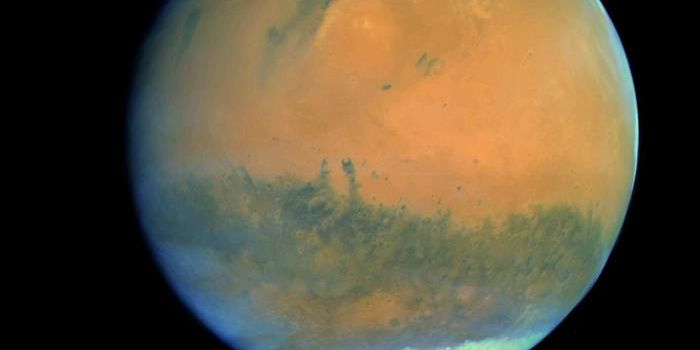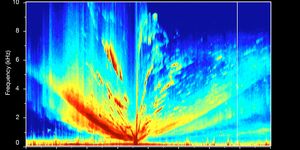The Science Behind Vertical Farming
Agriculture, the human civilization's supporting pillar, has come a long way. Compared to the traditional way of cultivating crops, which is also known as horizontal farming, verticle farming is the practice of producing food in indoor structures with vertically stacked layers. It relies on indoor farming technologies to provide nutrients and energy to crops and carefully control their growth environment.
For example, hydroponics is a much-used technique in vertical farming. It requires placing the roots of plants in nutrient-rich solutions instead of soil. Because the water is kept in a closed reservoir, evaporation is minimized and therefore the amount of the water required can be drastically reduced up to 70%. The aeroponic method takes water conservation to a new level: instead of having roots constantly dipped in solutions, an aeroponic-based farming system generates a mist or aerosol saturated with nutrient that nurtures the plants through their roots.
Lighting in vertical farming is another area that has been improved through technology. Because the crops are housed indoors, they require artificially lighting to sustain their photosynthesis. LED light, also known as light-emitting diodes, are energy more efficient than traditional incandescent light bulbs. What's more, because the process of photosynthesis does not require the light of full spectrum, the use of pure red, blue or purple LEDs can provide spectrum-focused photonic energy to plants, which further reduces the use of energy and make vertical farming economically competitive.
Source: ACS Reactions via Youtube








